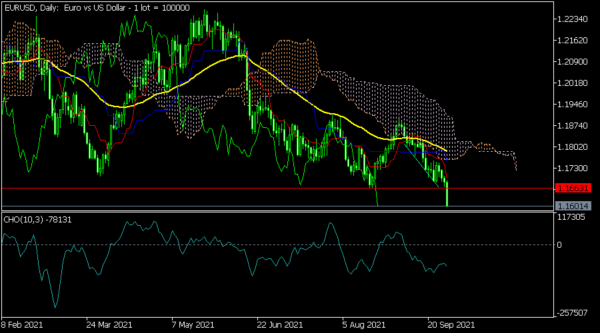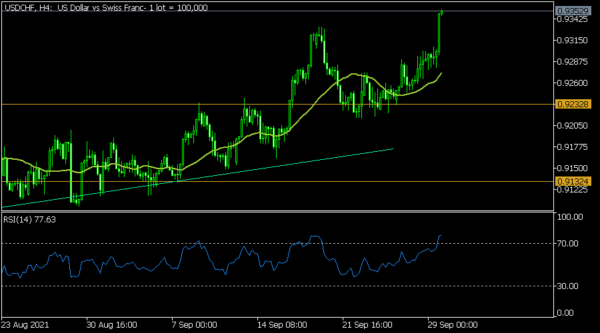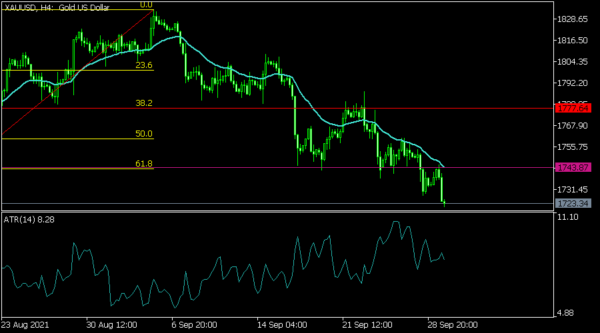The US dollar index jumped sharply in the overnight session as the rising global risks continued. The index rose to $94.40, which was the highest level since November last year. Investors are generally worried about a prolonged period of high consumer prices, which will likely push the Federal Reserve to hike move sooner than expected. Also, there are ongoing risks about the upcoming government shutdown and the potential default of the American government. Later today, the US dollar will react to the latest US GDP and initial jobless claims numbers.
The British pound crashed against key currency pairs as investors remained concerned about the state of the UK economy. The economy is facing a major petrol shortage as a driver shortage persists. At the same time, the price of cooking and heating gas has jumped substantially in the past few days. As a result, many retailers have started warning that they will start hiking prices. This, in turn, will lead to higher consumer prices in the country. The sterling will likely react mildly to the latest UK GDP numbers.
The economic calendar will have some key events today. Earlier on, data from China showed that the manufacturing and non-manufacturing PMIs declined slightly in September as challenges remained. Chinese companies are facing higher costs of doing business and power shortages. The UK will publish the latest GDP and house price index (HPI) data. Other key numbers to watch will be the German unemployment and inflation data.
EURUSD
The EURUSD pair declined sharply in the overnight session. On the daily chart, the pair managed to move below the key support level at 1.1663, which it has struggled to move below several times before. The pair also moved below the short and longer-term moving averages. The Chaikin oscillator dropped below the neutral level. Therefore, the pair will likely keep falling today.
USDCHF
The USDCHF pair jumped sharply as the US dollar maintained its bullish trend. The pair managed to move above the key resistance level at 0.9330, which was the highest level since September 20. On the four-hour chart, the pair moved above the 25-day and 50-day moving averages. Oscillators like the Relative Strength Index (RSI) have also jumped sharply. Therefore, the pair will remain in a bullish trend if the price is above the moving averages.
XAUUSD
The XAUUSD pair also declined to the lowest level since August. It is trading at 1,723, which is significantly below September’s high of 1,833. On the four-hour chart, the pair dropped below the short and longer-term moving averages. It also moved below the 61.8% Fibonacci retracement level while oscillators have also dropped. Therefore, the pair will likely keep falling as bears attempt to move below 1,700.















